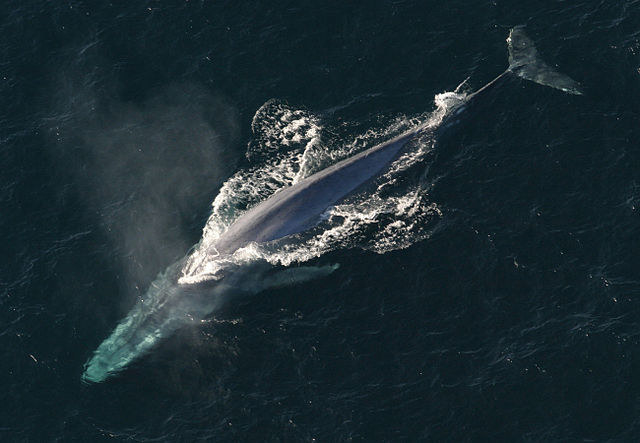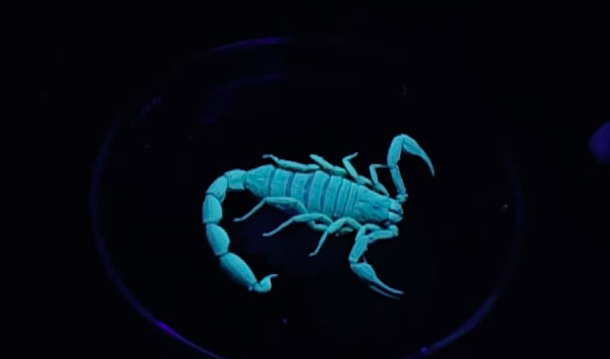1. There is a type of salamander that can have a 3-year-long pregnancy.

2. Female guppies can give birth every 30 days, each time to a batch of 20-50 baby guppies.

3. When a lioness is in heat, she can mate up to 100 times per day, or about every 17 minutes.
4. Some animals can change color based on the foods that they eat.
5. The southern dumpling squid can have sex for up to three hours — which, as you may guess, is extremely exhausting.
6. SOME SPIDERS CAN FLY, APPARENTLY??

7. Meanwhile, the oldest spider in the world recently died at a ripe old age of 43.

8. The average blue whale's penis is 8-10 feet long.

9. The octopus is basically a master of disguise.
10. Under a UV light, most scorpions can glow in the dark.

11. Dolphins give themselves "names."
12. We have unique fingerprints, but some animals have unique "nose prints."

13. Cows don't like to be alone.

14. Rats are ticklish.

15. Duck quacks DO echo.

For more translated content and BuzzFeed International goodness, subscribe to Inter Webz: our new bi-weekly newsletter bringing you the best of the 'net from around the world.
if you can’t see the signup box above, just go here to sign up.
This post was translated from Portuguese.
